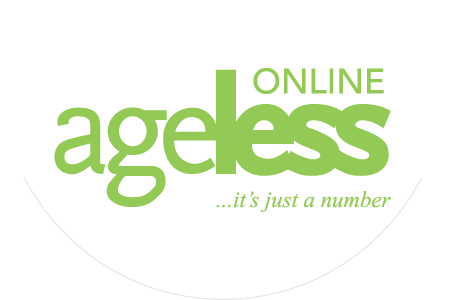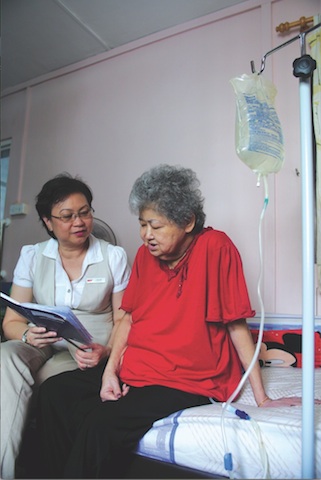Low-uptake in peritoneal dialysis
The home-based treatment is painless and is gentler on the kidneys, however few are taking up this option.
Peritoneal dialysis (PD) is a home-based treatment where patients can carry out dialysis on their own at home, without the need to travel to dialysis centres, like for haemodialysis (HD). However, only 15 percent of new kidney patients in Singapore opt for PD. “As PD is a home-based programme, some patients may feel insecure or lack confidence in managing the treatment on their own,” explained the National Kidney Foundation (NKF).
As such, the organisation has been bringing awareness about PD, including at its upcoming “Love Life, Love Your Kidneys” event in March, held in conjunction with World Kidney Day.
How does PD work?
A PD catheter is inserted permanently in a patient’s abdomen. The catheter is used to fill and drain two litres of PD solution into and out of the abdomen cavity, which is surrounded by the peritoneal membrane.
The PD solution is allowed to dwell in the abdomen cavity for four to six hours (dwell time) after filling. During this time, the peritoneal membrane filters waste and fluids from the blood into the PD solution. The ‘used’ PD solution is then drained out and replaced with another two litres of fresh PD solution (exchange).
Two types of PD
There are two types of PD:
• Continuous Ambulatory Peritoneal Dialysis (CAPD) – which is done during the day. No machine is needed and PD exchanges are carried out using the PD bag system. Typically, there are four exchanges done every day, with each exchange taking approximately 30 minutes and patients can walk around with the PD solution in the abdomen. No exchange is required while the patient is sleeping.
• Automated Peritoneal Dialysis (APD) – which is usually done in the night. PD exchanges are performed by connecting the patient’s PD catheter to a cycler or PD machine. The cycler performs the exchanges while the patient sleeps. To complete the therapy, the patient is required to stay connected to the cycler for approximately 10 hours.
Advantages of PD
 The treatment is painless compared to HD and no needling or vascular access is required. This also eliminates vascular access-related complications as they are one of the common causes of hospitalisation for HD patients.
The treatment is painless compared to HD and no needling or vascular access is required. This also eliminates vascular access-related complications as they are one of the common causes of hospitalisation for HD patients.
Secondly, since it is a home-based treatment, patients can do the treatment themselves in their own homes and there is no need to travel to dialysis centres or be restricted by the centres’ schedule. Patients take charge of their own treatment as they follow the treatment plan and advice given by the PD care team including a nephrologist, dialysis nurse and dietitian, and the PD patients and caregivers do the entire procedure on their own.
To help boost patients’ confidence in carrying out PD on their own, NKF nurses trained in PD will make home visits to provide support and advice, and NKF will provide pre-PD training for patients and caregivers.
Lastly, PD is gentler and works more like the natural kidney. PD mimics the function of real kidneys as the more constant presence of the PD solution in the abdomen cavity allows waste products to be removed continuously. Patients also have lesser food restrictions and experience lesser side effects commonly encountered by HD patients such as fatigue, muscle cramps and vascular-access-related complications.
Getting it subsidies or not?
Once patients are diagnosed with kidney failure and need to start dialysis, they would have been briefed by the nurses at the hospital and also chosen between HD or PD. Once they have chosen, they can apply to NKF and go through Means testing. If they pass the Means test (i.e. they are needy patients), they will be given subsidies.
Should they fail the Means test, they can still do PD, since PD is a home-based treatment, but will not be able to receive subsidies. Currently, about 29 percent of NKF’s PD patients receive full subsidy, i.e. they don’t pay anything. Another 22 percent pay S$50 or less. With the increase in NKF subsidies this year, more than 60 percent of PD patients will not be paying anything.


0 Comments